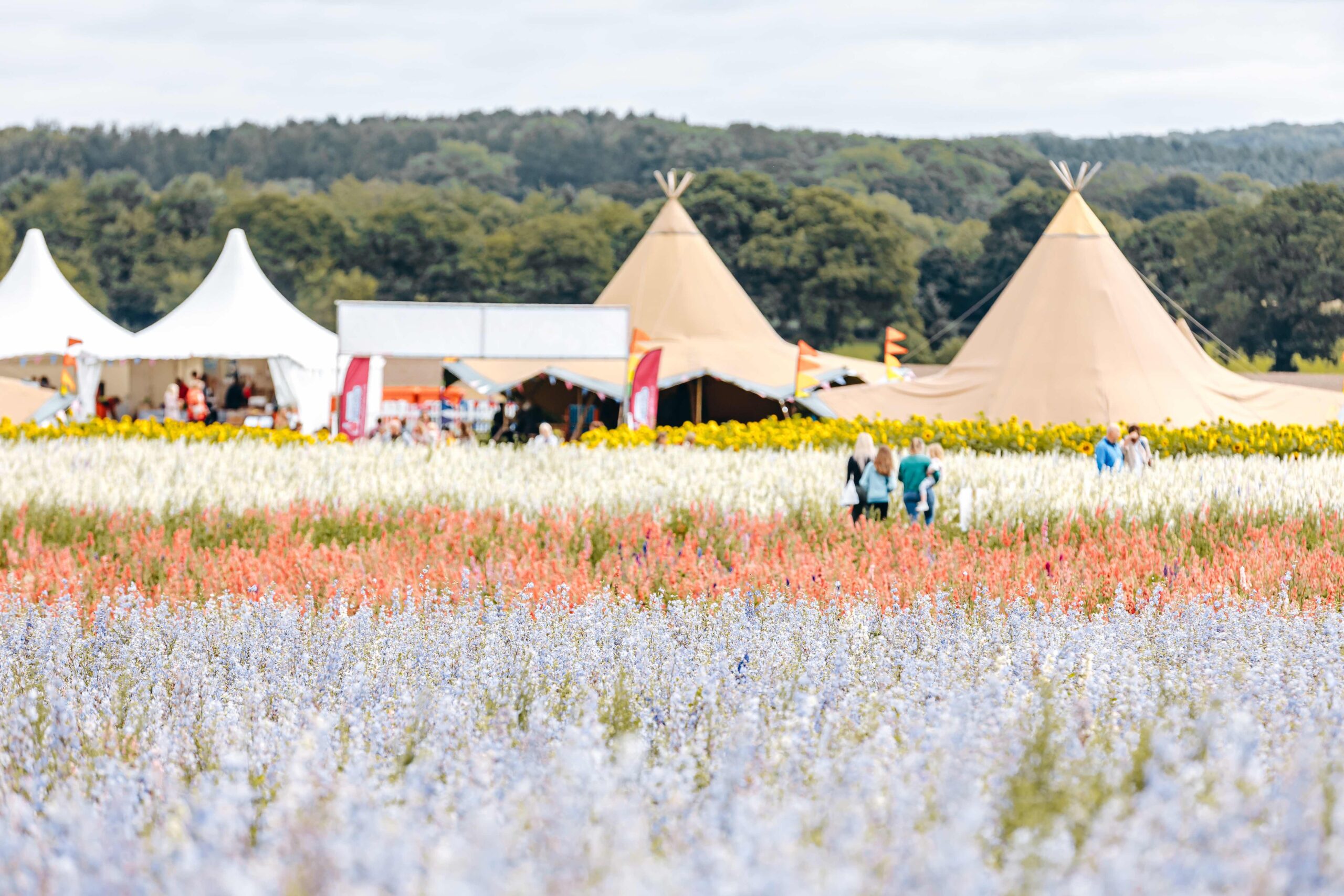Celebrated light and sound artist Andy McKeown will be illuminating the historic Shrewsbury Flaxmill Maltings buildings on Friday 9th February. The evening will also be spent recording voices for Andy’s forthcoming work ‘Flaxmill Voices’. The project commemorates the thousands of workers who toiled here when it was a Flax Mill, at its height in the 1800s employing 800 people. Visitors can record their voices saying the name of a mill-worker and it will feature in a sound-scape and shadow gallery installation later this year. This project is funded by The National Lottery Heritage Fund as part of the Activity Plan.
Shrewsbury-based McKeown said:
“The opening of the Flax Mill in 1797 led to rapid growth of the surrounding area to keep up with the need for labour, creating communities that survive to this day. This is your chance to find your voice in understanding the contribution and toil of the great number of people, many of them children, in making linen thread at this architecturally important place for almost 90 years.”
The projection on 9th February will feature some of Andy’s work from his ‘Minutiae’ series over a decade ago, before the site was restored in a £28million project, which included £20.7million from The National Lottery Heritage Fund. The differences between the site then, in a state of abandonment and dilapidation, to now, with the Main Mill and Kiln newly restored and the site open to the public during the day are pronounced.
On Friday 9th February audio recording of Flaxmill workers’ names will begin at 4pm with Andy’s projections running from Dusk just after 5pm until 7pm. The evening is free to attend, and tickets aren’t required. The visitor exhibition – The Mill – will be open free of charge between 5pm and 7pm. Turned Wood Café will be open serving a light menu and drinks.
· Projection of Andy McKeown’s ‘Minutiae’ series onto the Flaxmill buildings from 5pm to 7pm on Friday 9th February 2024
· Recording of visitors saying the names of former mill-workers as part of the project ‘Flaxmill Voices’ from 4pm to 7pm on Friday 9th February 2024. These recordings will be used in an art installation to be created at the site later in 2024
· The project is part of the Activity Plan, a significant component within the overall capital scheme and funded by The National Lottery Heritage Fund
· The National Lottery Heritage Fund funded restoration with grants totalling £20.7 million for restoration and repair of the historic site
· Following a grant of £12million from The National Lottery Heritage Fund in 2014, Phase 1 of the restoration project focused on the Smithy, Stables and Public Realm. In 2017 it was increased to a total of £20.7 million for Phase 2, restoration of the Main Mill, Kiln and repair of other buildings and landscape.
· Shrewsbury Flaxmill Maltings re-opened in September 2023, following a £28 million, eight-year restoration programme.
The History of Shrewsbury Flaxmill Maltings
Known as the ‘grandparent of skyscrapers’, the Main Mill structure paved the way for modern-day buildings such as London’s Shard, New York’s Empire State Building and Dubai’s Burj Khalifa
Following the site’s beginnings as a flax mill and major local employer for the area from 1797-1886, it was repurposed into a modern maltings, which operated from 1897 to 1987, converting grain into malt for brewing, whisky making and vinegar production. The site was also used as a temporary army barracks during the Second World War.
The site has been sustainably restored by Historic England in partnership with Shropshire Council and the Friends of the Flaxmill Maltings, funded by The National Lottery Heritage Fund, The Marches Local Enterprise Partnership via its Growth Deal with Government and Shropshire Council.
Four of the eight listed buildings that make up the site – the Smithy, Stables, Main Mill and Kiln – are now fully restored, following redevelopment under Historic England’s ownership with the help of architects Feilden Clegg Bradley Studios,
The four remaining listed buildings – the Cross Mill, the Dye House, Apprentice House and the Warehouse – still need funding to bring them back to life. It is hoped that they will be
restored in the coming years, once plans for how they will be used and funding to carry out the restoration works are in place.









